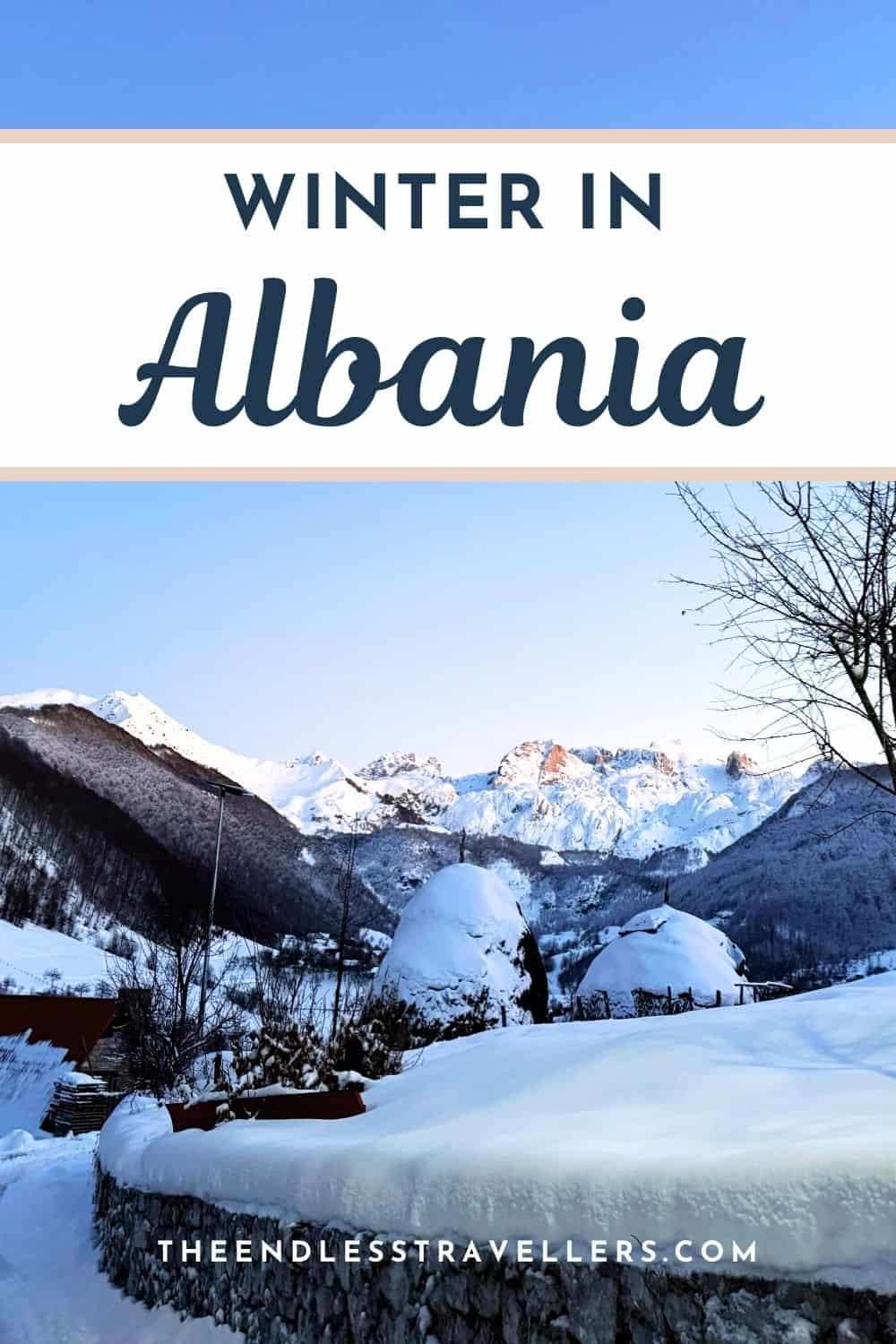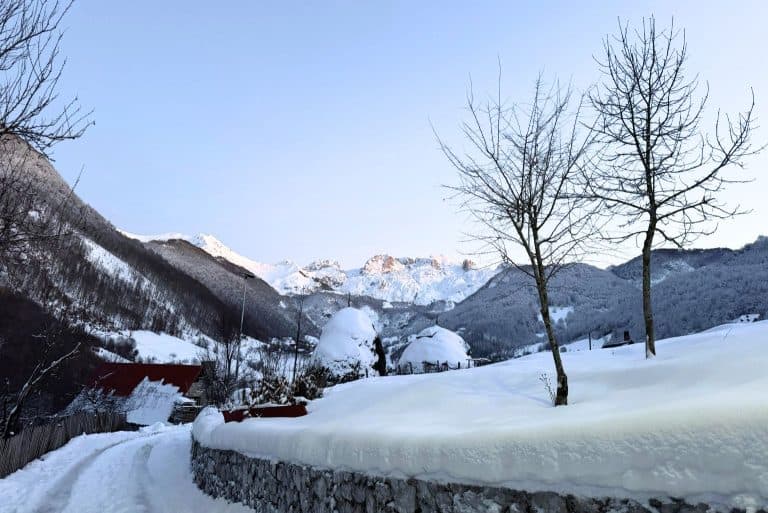Albania in Winter: Weather, Things To Do & Travel Tips
Thinking about visiting Albania in winter? Here’s everything you NEED to know.
Albania in winter is one of Europe’s best-kept secrets. While most travellers visit in summer, the colder months reveal a completely different side to the country. From snowy mountains and steaming thermal baths to lively cities and peaceful coastal towns, there’s something for everyone.
We spent a month exploring everything Albania has to offer, from its vibrant cities to the beautiful mountains and coastline. We absolutely fell in love with this country, its friendly locals, and its seriously underrated food.
In this guide, we’ll share everything you need to know about Albania in winter, including the weather you can expect, the best things to do, practical tips, and what to pack for your trip.
Plan Your Trip With Our Favourite Resources
-Book Your Flights: Skyscanner
-Best Accommodation Booking Site: Booking.com
-Book Day Tours Here: Get Your Guide
-Purchase Travel Insurance Here: SafetyWing
Weather In Albania In Winter
Albania’s landscape is incredibly varied, with towering mountain peaks and a coastline stretching the length of the country. Whilst this is one of the things we love most about Albania, it does mean the weather can vary significantly across the country, particularly in winter.
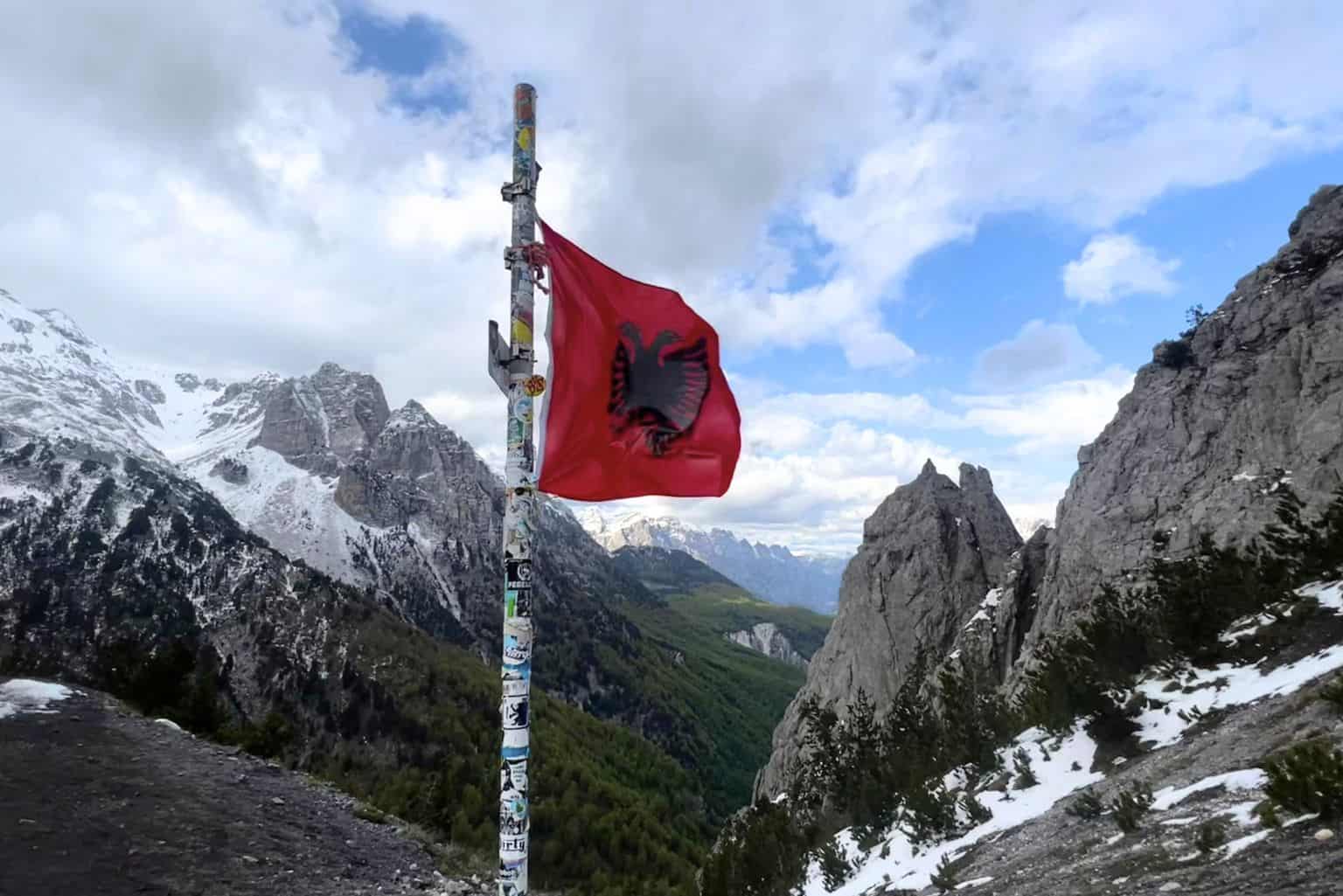
Albania’s winter season runs from November through March, with the coldest months being December, January and February. Expect a real contrast between the snow covered mountains of the north and the much milder coast in the south.
Northern Albania (Albanian Alps)
The mountains of northern Albania, including Valbona and Theth, are the coldest and snowiest part of the country. Temperatures often drop well below freezing, with heavy snowfall cutting off villages for weeks at a time. This makes it quite difficult to reach without guides or proper equipment.
Central Albania (Tirana, Shkodër & Inland Towns)
In the central part of the country, winters are chilly but more manageable. Tirana, the capital, usually sees temperatures between 2°C and 12°C in winter. Snow is rare in the city itself, but rain is common, so you’ll definitely need a warm waterproof coat. Shkodër, further north, gets colder and occasionally snowy, with crisp days that are perfect for exploring castles and relaxing in cosy cafés.
Southern Albania (Riviera & Ionian Coast)
If you head south to Sarandë, Ksamil or Himarë, you’ll find much milder weather conditions compared to the north. Temperatures are often around 10°C to 15°C, which makes it a great option if you don’t like the cold. Whilst it’s certainly not beach weather, the coastline has a peaceful, laidback charm in winter.
Best Things to Do in Albania During Winter
1. Go Skiing in the Mountains
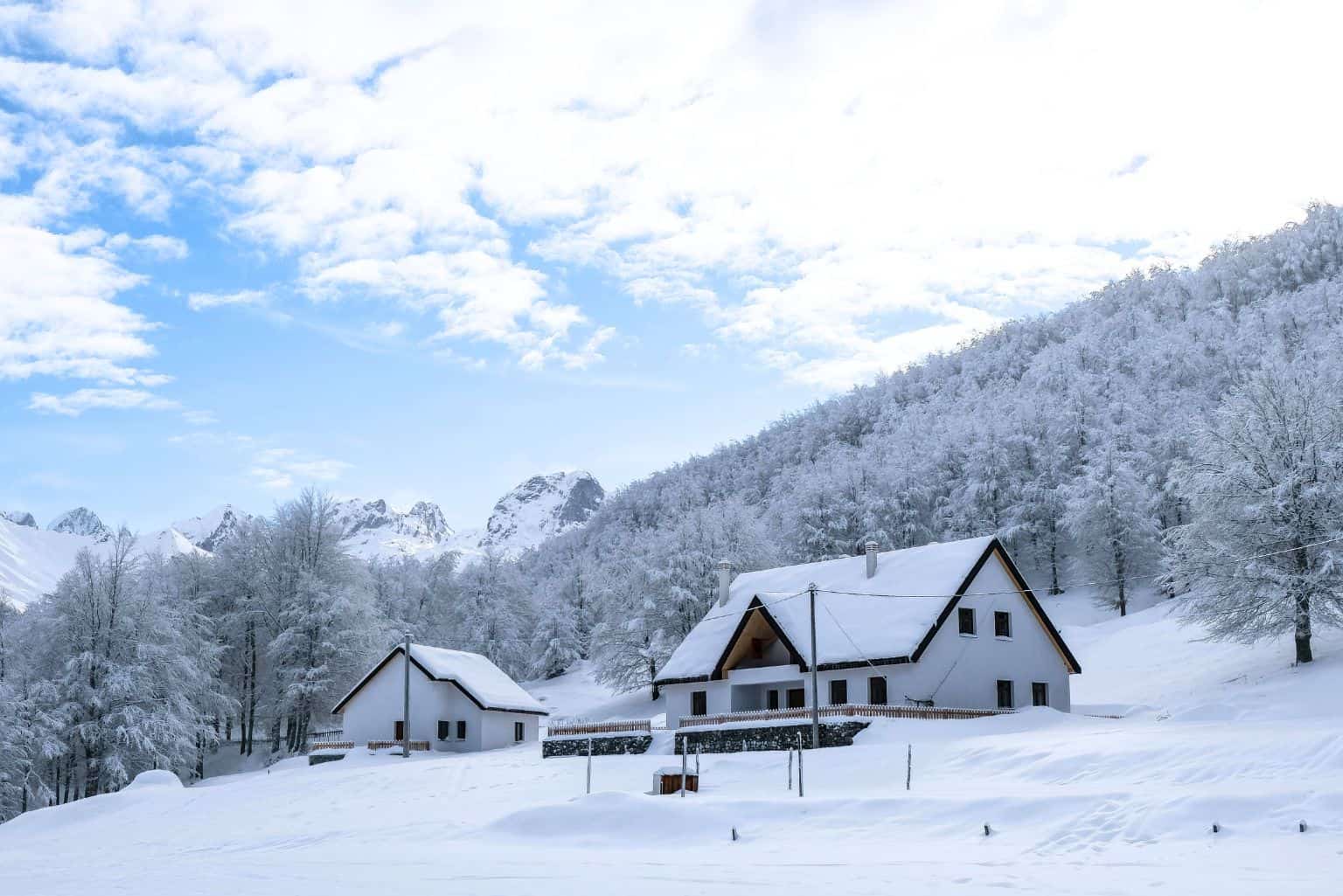
Albania has a handful of small ski resorts that make a great alternative to the busier slopes of Western Europe. The most popular is Dardha, just outside Korçë, where you’ll find a couple of beginner-friendly slopes alongside more challenging runs. Other options include Bigëll (Boge) near Shkodër and Voskopoja, a traditional alpine village with plenty of charm.
Facilities here are simpler than in places like Austria or France, but that’s also what keeps them affordable and far less crowded. Lift passes and equipment hire are reasonably priced, which makes Albania an easy place to try skiing for the first time or enjoy a relaxed few days in the snow.
2. Discover Tirana’s Winter Charm
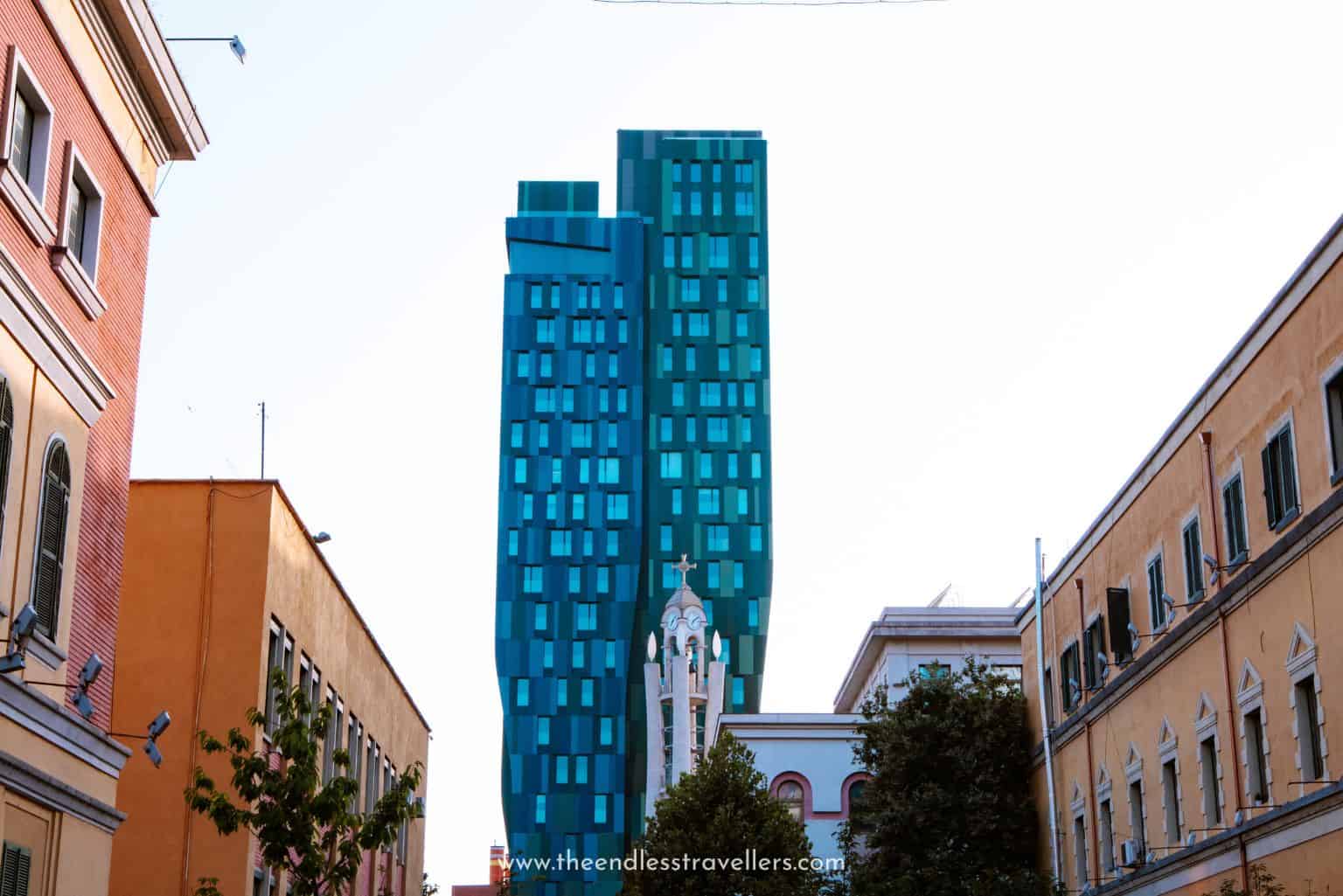
Tirana is lively all year round, but winter gives the city a unique atmosphere. In December, Skanderbeg Square is filled with lights, a Christmas market, and even an ice skating rink. It’s a great place to soak up the festive spirit with locals.
When the weather turns cold or rainy, there’s plenty to do indoors. We highly recommend visiting Bunk’Art 2, an underground museum inside a replica nuclear bunker. This museum is dedicated to the victims of communist terror, and while the stories can be harrowing, it’s so important that they are remembered.
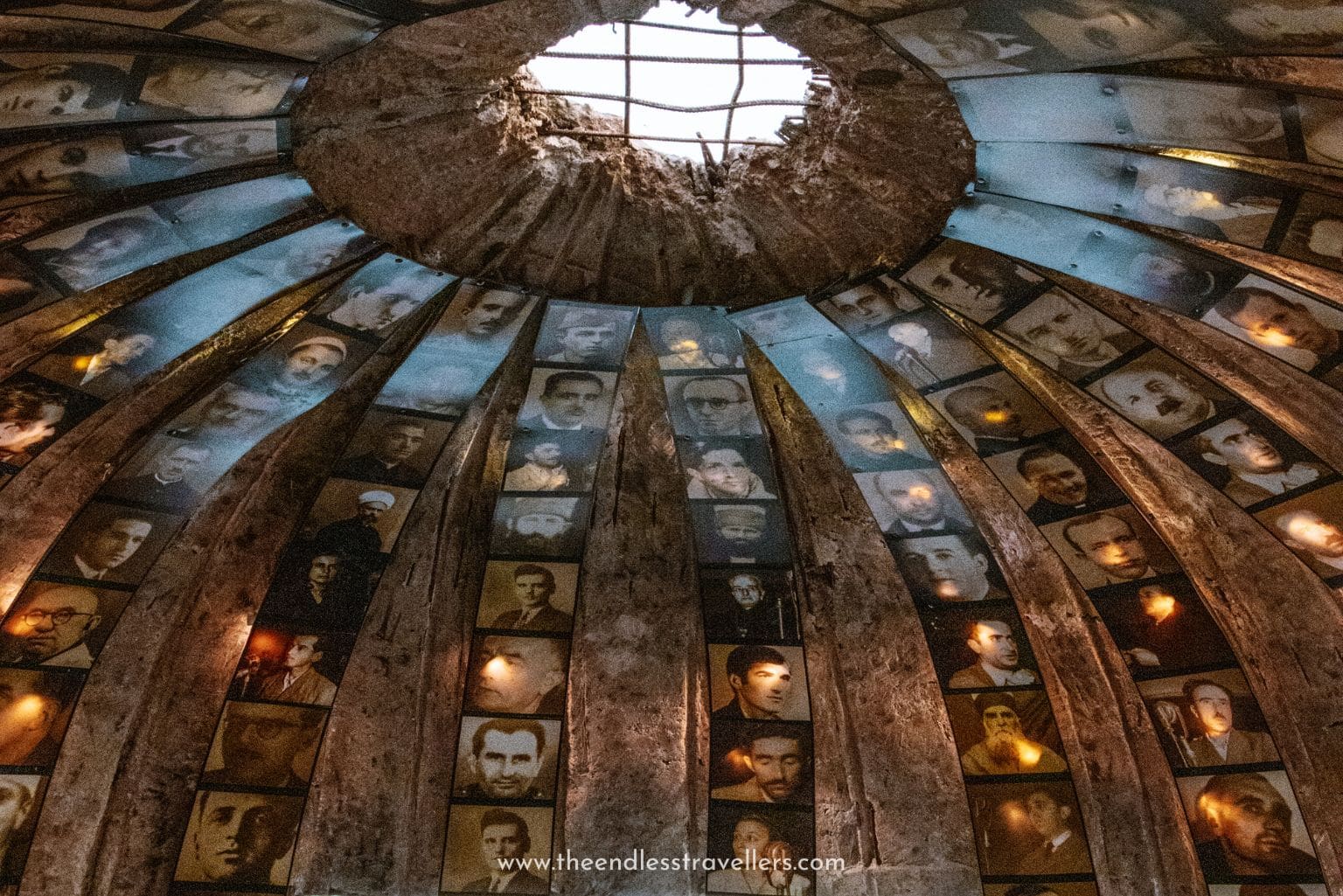
We also recommend the House of Leaves, which tells the story of Albania’s surveillance era, and the National Gallery of Arts for something a little lighter.
Of course, one of the best ways to experience Tirana in winter is through its café culture. Coffee is a huge part of daily life here, and you’ll find endless cosy spots to warm up with a strong espresso or a glass of raki. We loved café hopping in Tirana, and it’s the perfect way to escape the elements.
3. Explore Beautiful Shkodër
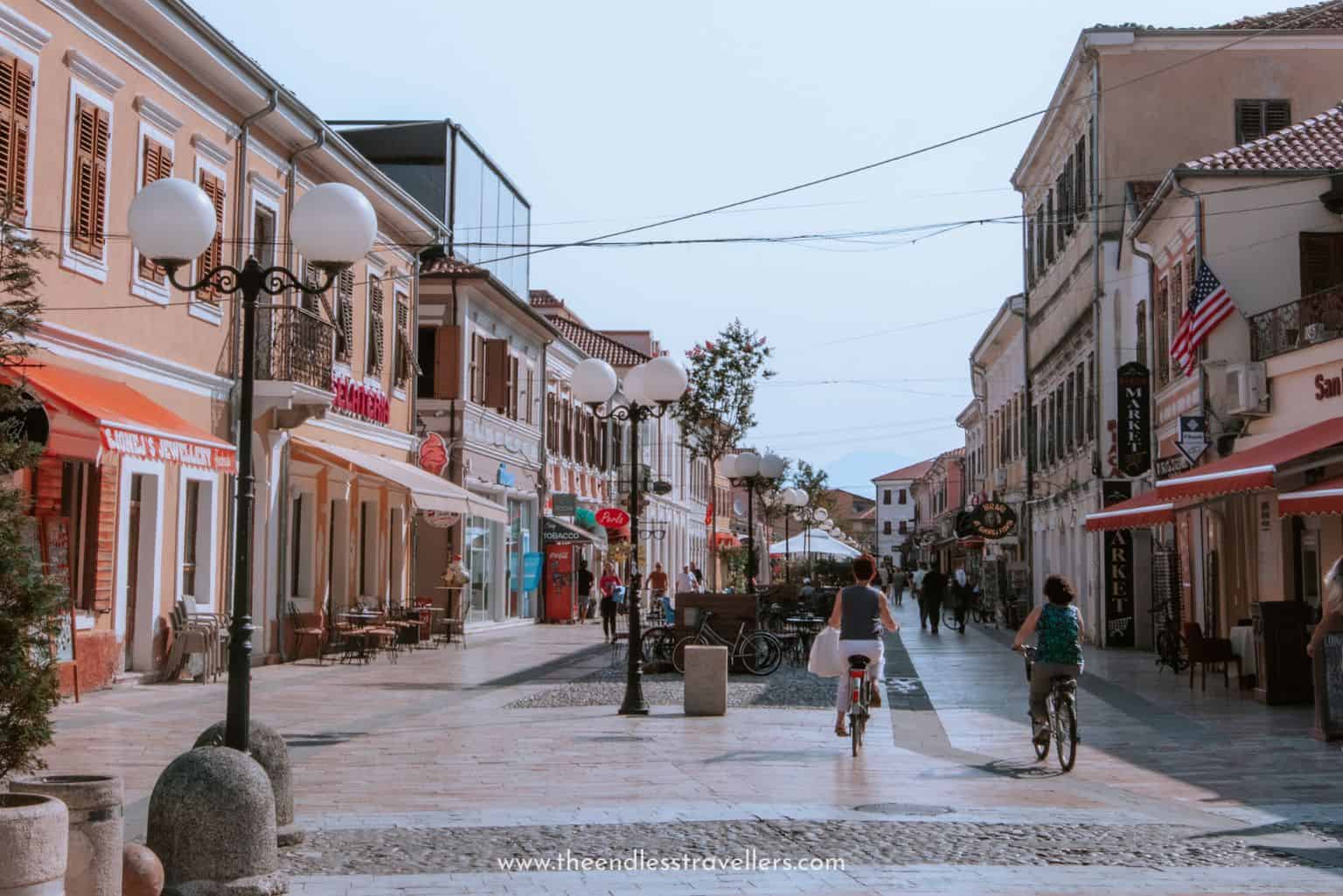
Shkodër is one of our favourite cities in Albania. We think it is seriously underrated, and winter is a lovely time to explore without the crowds.
Our highlight of Shkodër was Rozafa Castle, sitting on a hill with incredible views over the city and surrounding countryside. In winter, the views stretch out over misty mountains and the waters of Lake Shkodër, creating a really atmospheric scene.
The city itself has a relaxed vibe, with colourful buildings, pedestrian streets, and plenty of cafés to duck into on colder days. As you walk the streets, you could be forgiven for thinking you were in Paris. We loved wandering through the Old Town, stopping for traditional Albanian food and, of course, coffee.
If it’s a warmer day, grab a coffee and sit outdoors with the winter sun shining down on you, watching the locals cycle past. It’s a really romantic way of life.
4. Soak In Natural Thermal Springs
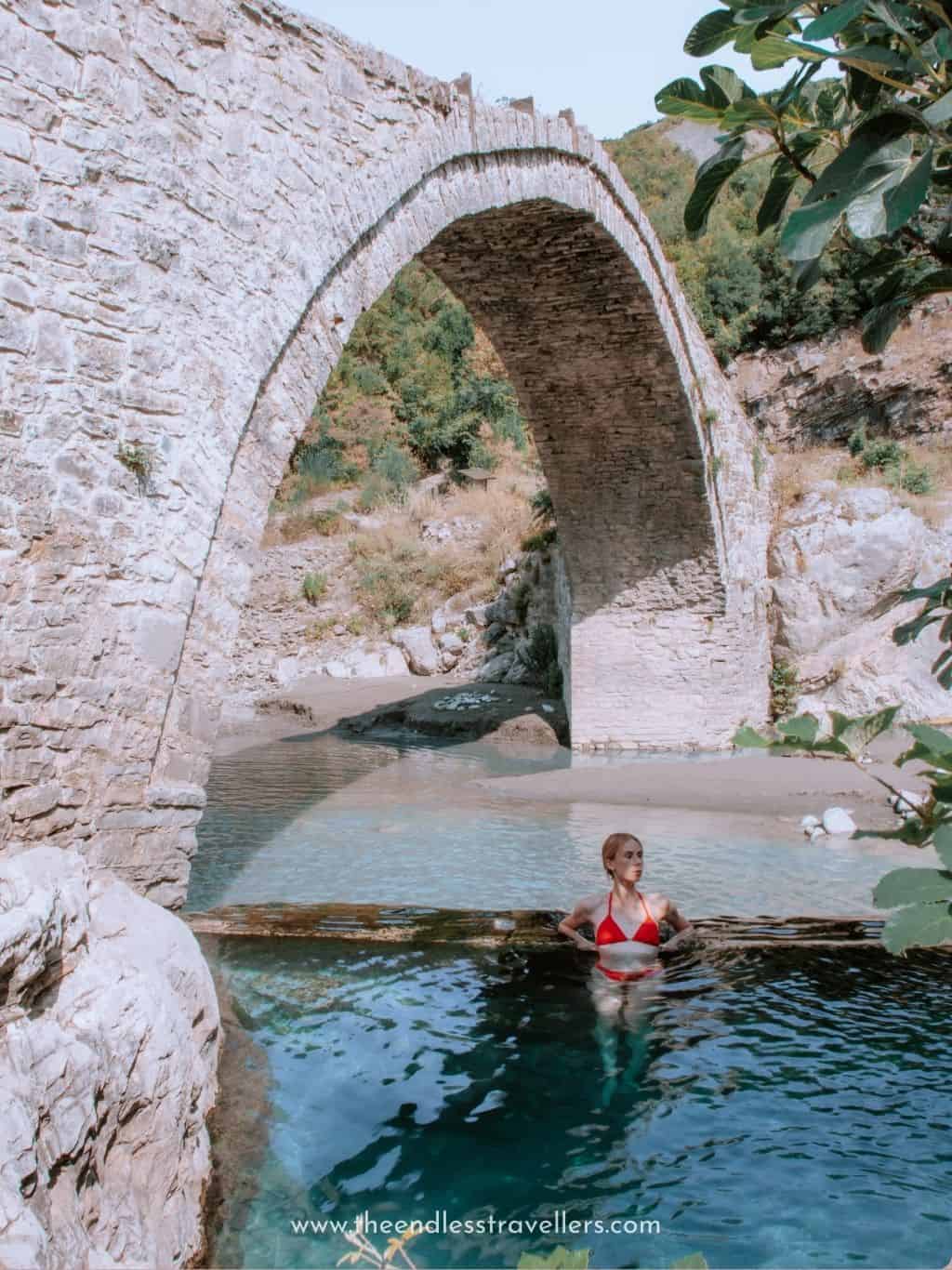
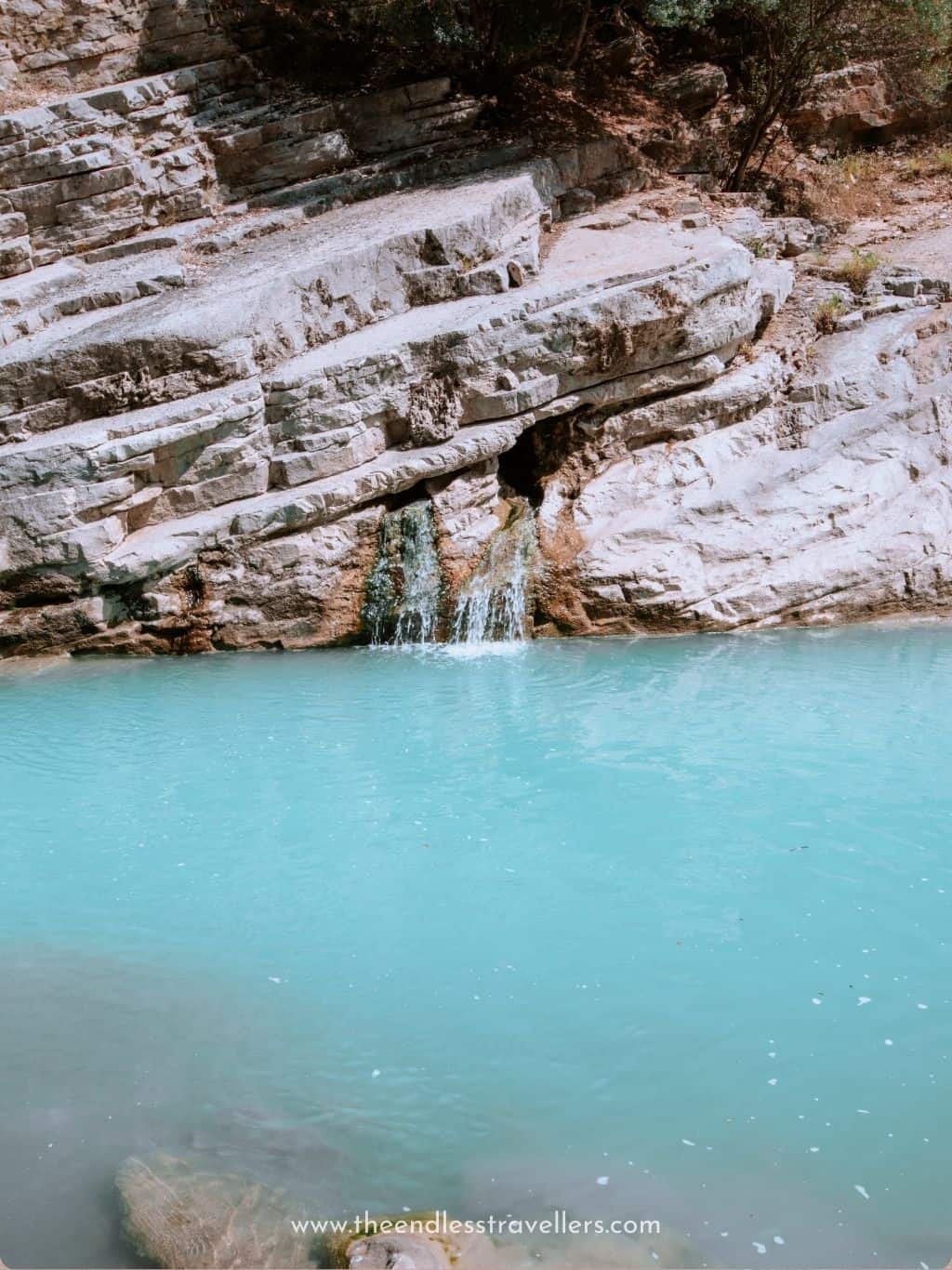
One of the best ways to enjoy Albania in winter is by visiting its natural hot springs. Our favourite was the Benja Thermal Baths, near the beautiful town of Përmet. Set against a backdrop of Ottoman stone bridges and mountains, the pools are fed by natural sulphur springs and stay warm even in the coldest months.
The baths are free to enter, and you can move between several pools, each with slightly different temperatures. The further down the canyon you walk, the more beautiful the landscape becomes, and the quieter it gets.
In winter, steam rises from the Benja Thermal Baths, making the pools feel even more magical against the quiet, frosty landscape.
5. Discover Korçë
Korçë is one of Albania’s most charming cities, and it takes on a special atmosphere in winter. The Old Bazaar, with its cobbled streets and stone buildings, looks especially beautiful dusted with snow, and it’s a lovely place to wander between cafés, restaurants, and shops.
The city is also home to one of Albania’s biggest winter celebrations, with Christmas and New Year’s Eve marked by lights, music, and street festivities.
Not far from the city is Voskopoja, a small alpine village surrounded by mountains. It’s known for its historic churches and traditional guesthouses, making it a cosy winter escape and a great base for enjoying the snowy landscapes nearby.
Click HERE To Join The Albania Travel Community!
Share stories, advice, and ask questions with fellow travellers (including us)!
6. Relax On Albania’s Coast Without The Crowds
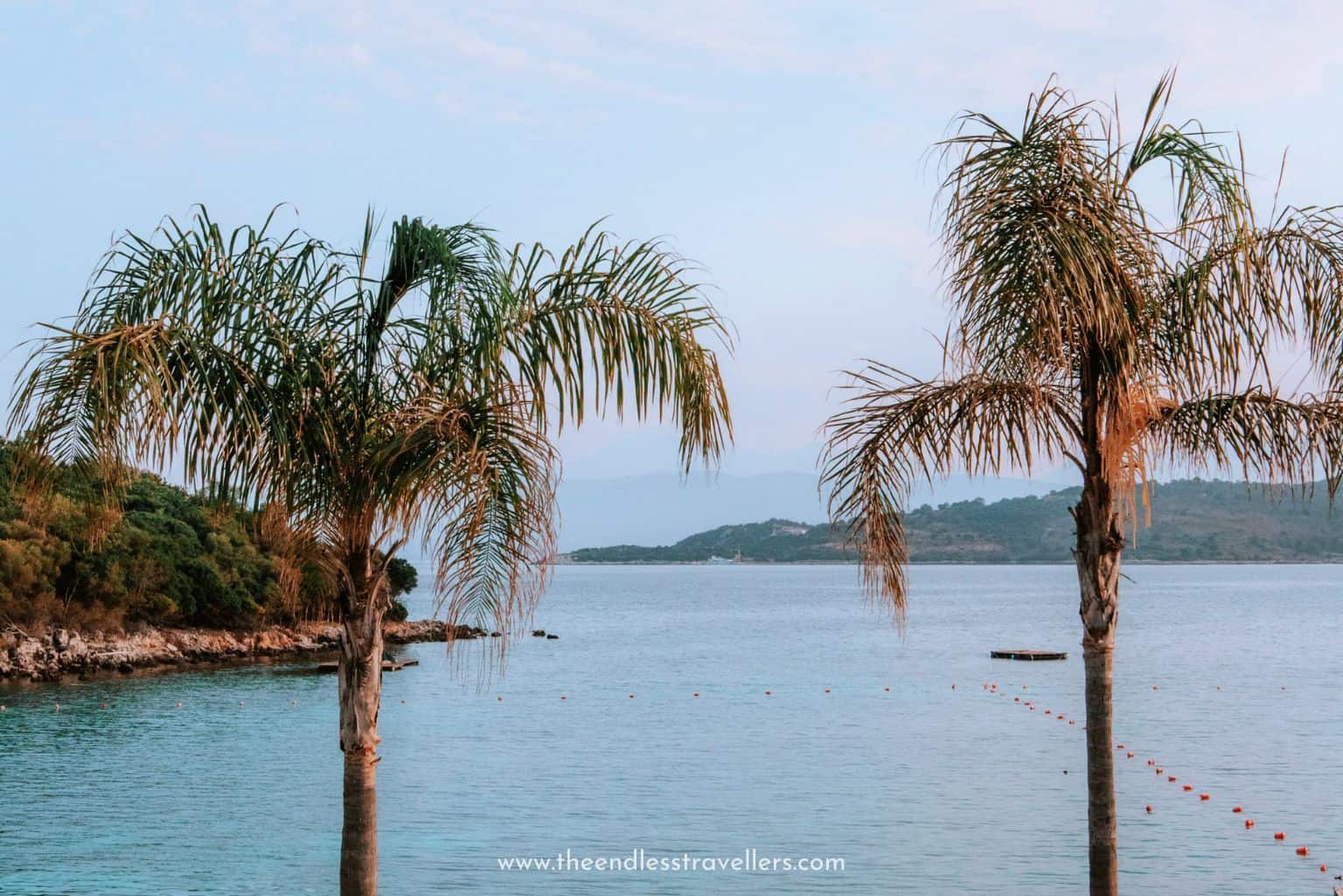
Albania’s coastline is famous for its turquoise waters and busy summer resorts, but in winter it feels completely different. Places like Sarandë, Ksamil and Himarë are much quieter, with empty beaches and a slower pace of life.
It’s worth noting that many hotels, restaurants, and beach bars close for the season, so don’t expect the same buzz you’ll find in summer. That said, you’ll still find enough open to make a stay comfortable, and the peace and quiet can be part of the charm.
While it’s not the season for swimming, winter is a great time to enjoy the coast in other ways. You can take long walks along the shore, explore coastal trails without the heat, and make the most of cheaper accommodation. The dramatic waves and moody skies give the Riviera a very different kind of beauty, and it’s a side of Albania that most visitors never see.
7. Explore The Albanian Alps
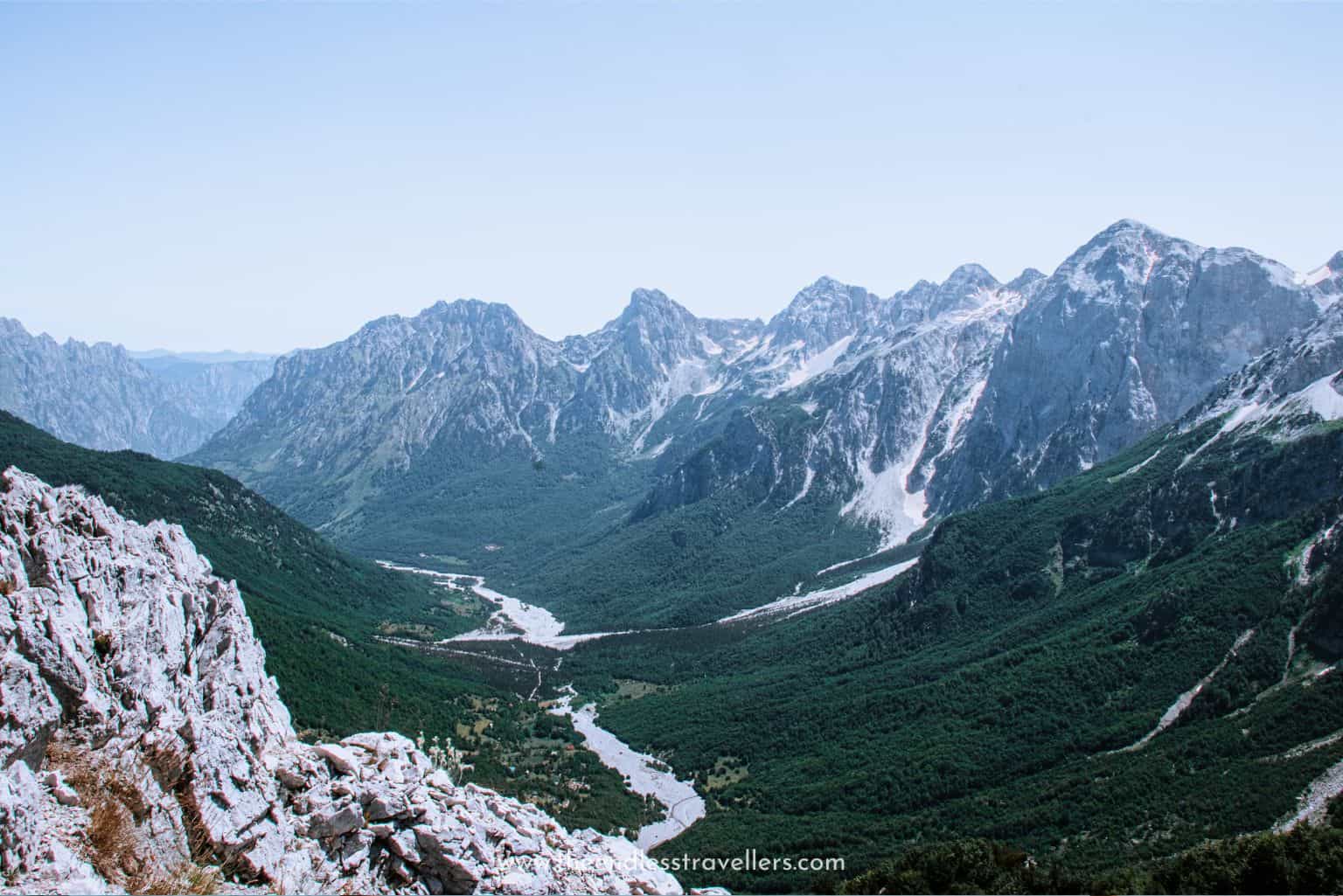
The Albanian Alps are breathtaking at any time of year, but in winter they become a true wilderness. Villages like Valbona and Theth are often cut off by heavy snowfall, and reaching them can be difficult without local guides or specialised equipment.
For that reason, they’re not the best choice for most travellers, but if you’re experienced and looking for adventure, the Alps in winter are unforgettable.
Snowshoeing, winter hiking, and simply enjoying the snowy landscapes are the main draws here. Guesthouses that remain open feel especially cosy, with wood-burning stoves, hearty local food, and warm Albanian hospitality. The whole region has a raw, untouched feel in winter that you won’t find in many other parts of Europe.
Even if you don’t make it into the heart of the Alps, the mountains are still spectacular to admire from afar, and towns like Shkodër give you a taste of the scenery without needing to tackle the snowy passes.
8. Celebrate The Festive Season In Tirana
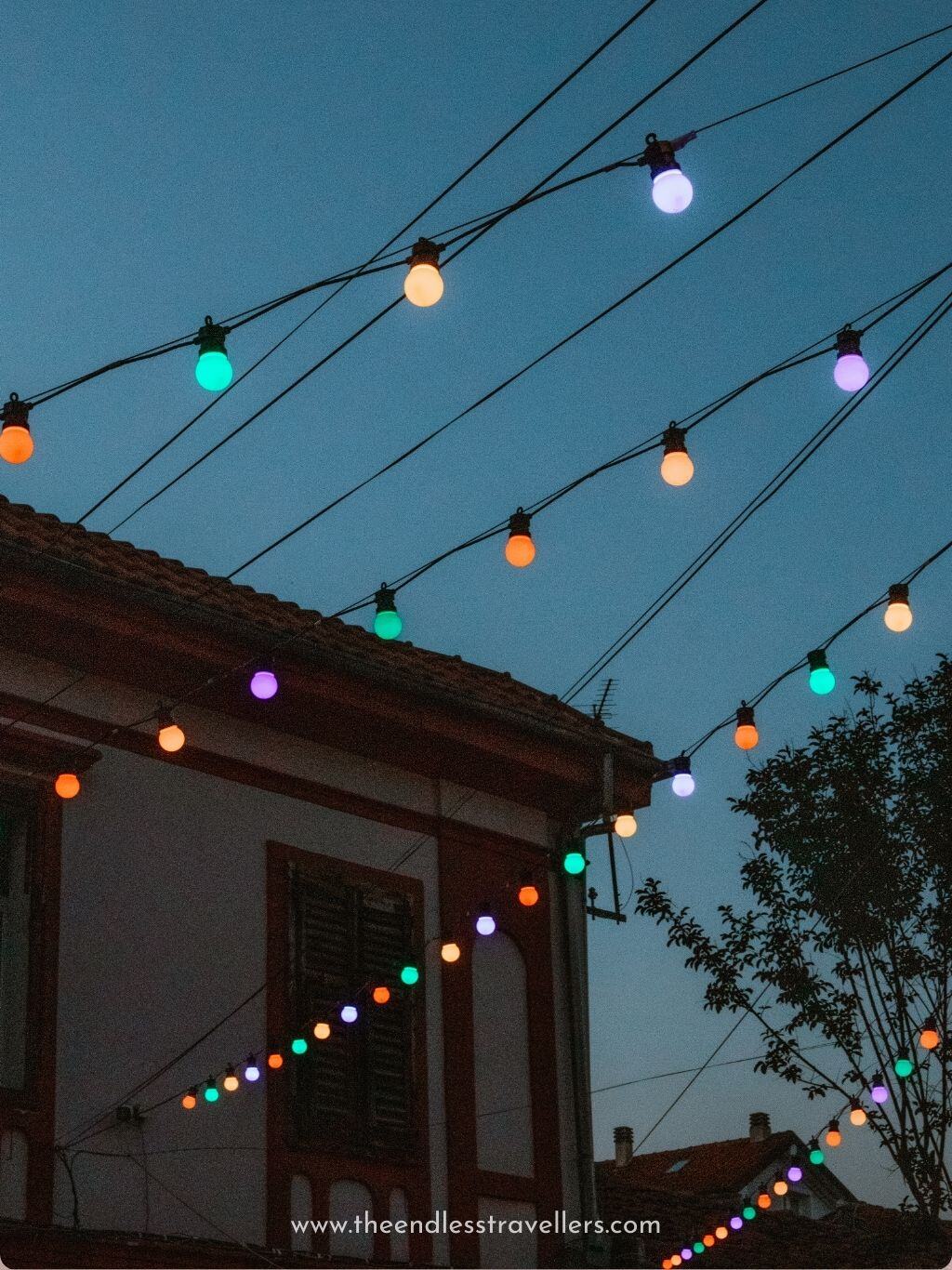
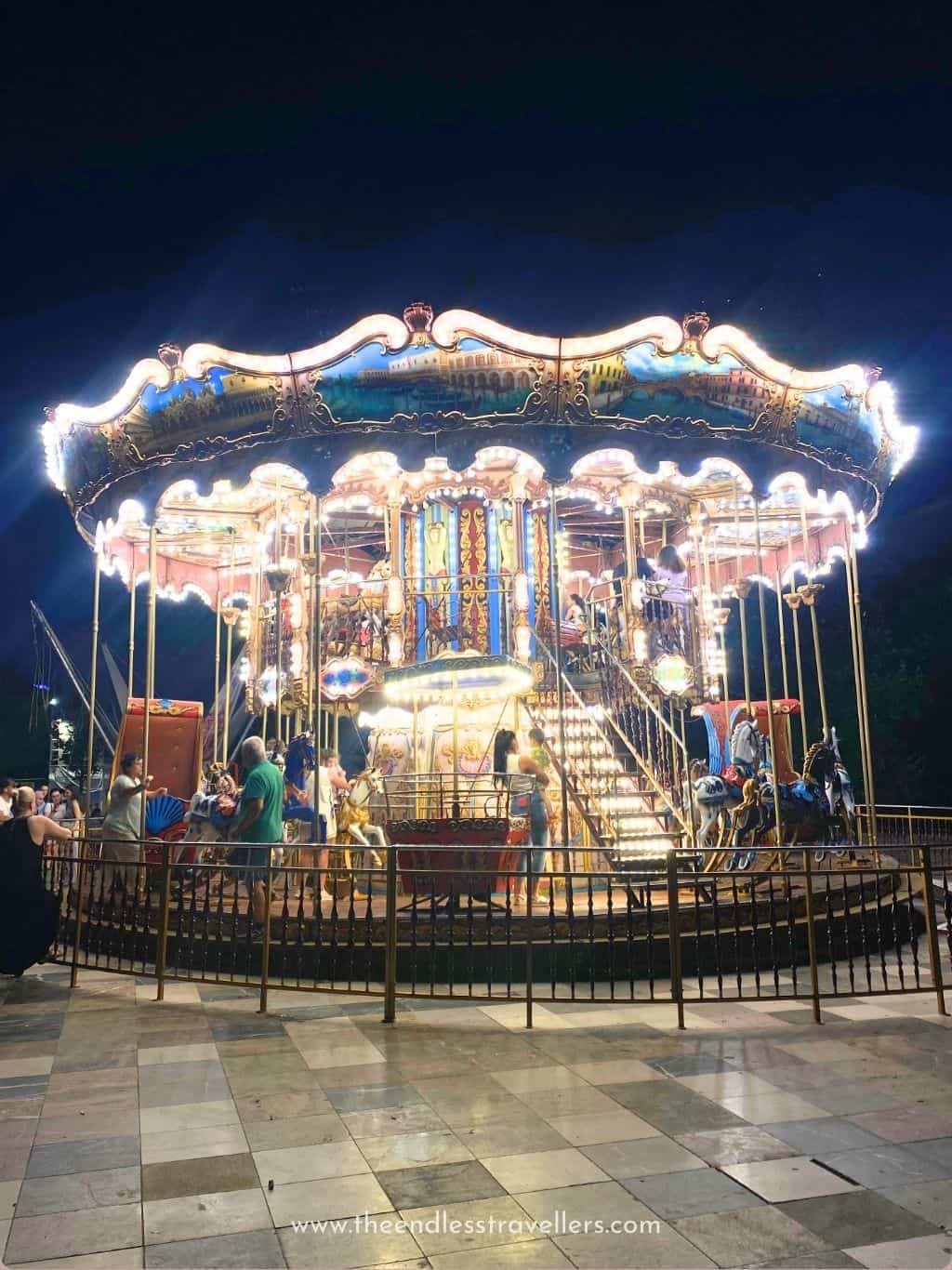
If you’re visiting Albania in winter, don’t miss the opportunity to celebrate the festive season in Tirana. Throughout December and into the beginning of January, Tirana comes alive with Christmas lights, markets, and people celebrating all around. Skanderbeg Square is home to a huge Christmas tree, and even hosts fireworks on New Year’s Eve.
Beyond the organised events, winter in Albania often means cosy evenings of hearty food, music, and plenty of raki. Visiting at this time of year gives you a more authentic glimpse into local life, when the focus is on family, friends, and tradition rather than tourists.
Pros And Cons Of Winter In Albania
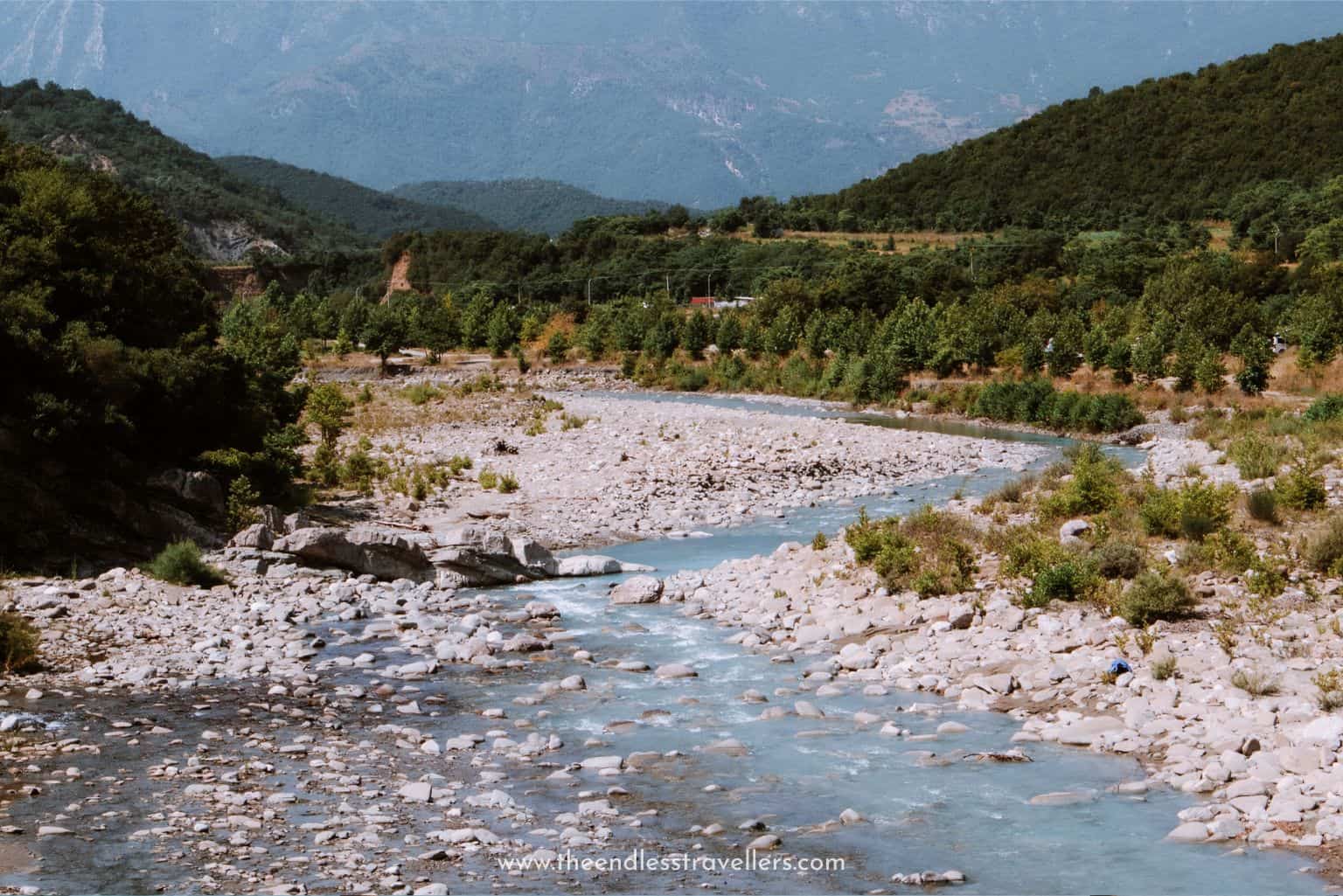
Like anywhere, visiting Albania in winter comes with its own set of advantages and challenges. Knowing both will help you decide if it’s the right time for your trip.
Pros
- Fewer tourists – many of the country’s most popular spots are much quieter in winter, so you can enjoy them without the crowds.
- Lower prices – hotels, restaurants, and even transport are generally cheaper compared to the busy summer months.
- Beautiful scenery – from snow-covered mountains in the north to dramatic coastal views in the south, winter adds a unique atmosphere to Albania.
- Authentic experiences – with fewer visitors around, daily life feels more local and genuine.
Cons
- Difficult access in the mountains – places like Theth and Valbona are often cut off by heavy snow, so reaching them can be a real challenge.
- Shorter days – daylight hours are limited, which can make travel and sightseeing more restrictive.
- Seasonal closures – along the coast especially, many hotels, restaurants, and bars close for the winter season.
- Unpredictable weather – while the coast is mild, rain is common, and snow can disrupt travel in the mountains.
What To Pack
Packing for Albania in winter really depends on where you plan to go, because the weather in the mountains is very different from the coast. Here are the essentials you’ll want to bring:
If you’re planning to spend time in the mountains, you’ll also need snow gear and proper hiking equipment. On the other hand, if you’re sticking to the coast, lighter layers with a waterproof outer shell should be enough.
✨ Free Winter Packing List
Want a detailed checklist with everything you’ll need for Albania in winter — including tech, toiletries, and travel extras? We’ve created a free downloadable PDF you can use to plan and pack with ease. Click HERE To Sign Up
Travel Tips For Winter In Albania
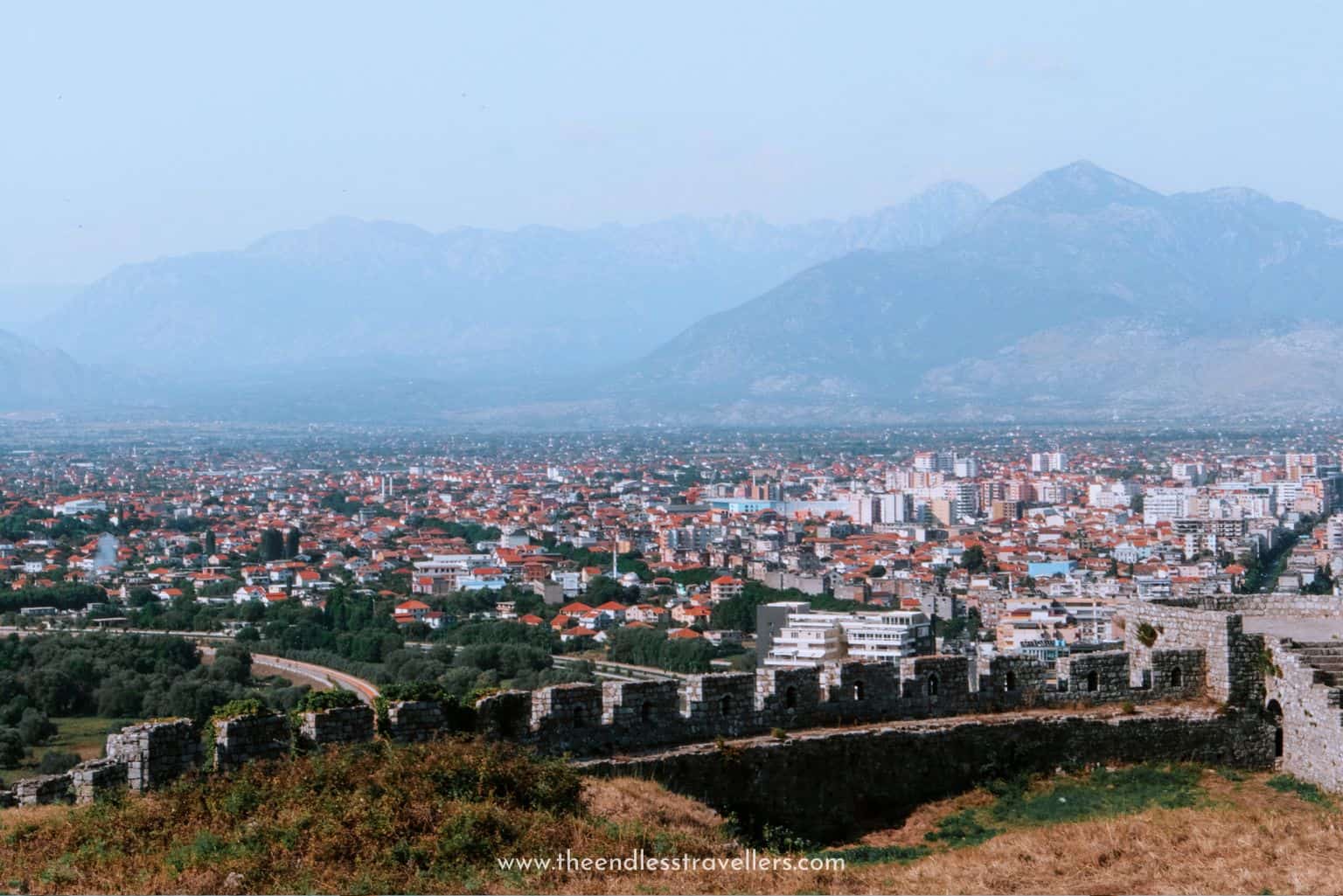
- Getting around – Renting a car is the easiest way to explore, but be prepared for icy or snowy roads in the mountains. A 4×4 is a good idea if you’re heading into the mountains, but make sure you have experience in these conditions as the roads can be dangerous. Public buses run year round, but bad weather can sometimes cause delays.
- Driving conditions – Road quality varies a lot in Albania. In winter, smaller rural roads can be difficult after snow or heavy rain. Snow chains are essential in the mountains. Always check conditions before setting out, and don’t attempt remote routes if locals advise against it.
- Accommodation – Cities like Tirana, Shkodër, and Korçë have hotels open year-round, but in smaller coastal towns many places shut down for the season. It’s worth booking ahead to make sure you have somewhere to stay.
- Food and drink – Winter is a fantastic time to try traditional Albanian dishes. Expect hearty stews, soups, fresh bread, and plenty of warming raki.
- What to expect – English is less widely spoken in rural areas, and in winter even fewer tourists are around. A few Albanian phrases and a translation app go a long way.
Is Albania Worth Visiting In Winter?
Absolutely. We think Albania is always worth visiting!
Albania in winter is different from the busy summer season, but that’s exactly what makes it special. The mountains are covered in snow, the cities feel cosy and festive, and the coast takes on a peaceful, laidback charm. With fewer tourists and lower prices, it’s one of the best times to experience the country at a slower, more authentic pace.
That said, Albania in winter isn’t for everyone. If you’re looking for beach weather, lively resorts, or easy access to the mountains, winter may not be for you. But if you’re after beautiful scenery, hearty food, and a chance to experience Albania without the crowds, winter is a brilliant time to visit.
FAQs
Still have a few questions about visiting Albania in winter? We’ve answered the most commonly asked questions below.
Is Albania Cold In Winter?
It can be, especially in the north and in the mountains where temperatures often drop below freezing. Tirana and central Albania are chilly but manageable, while the south is milder with daytime temperatures between 10°C and 15°C.
Can You Visit The Albanian Alps In Winter?
Theth and Valbona are often cut off by heavy snowfall, so reaching them can be very difficult. Unless you’re an experienced winter traveller with local guidance, it’s better to admire the Alps from towns like Shkodër instead.
Is Albania Safe To Visit In Winter?
Yes, Albania is generally very safe. The main risks in winter come from road conditions in snowy or rainy weather, so take care when driving and always check with locals before setting out on rural routes.
Are Things Open In Winter?
In bigger cities like Tirana, Shkodër, and Korçë, most hotels, restaurants, and attractions stay open year-round. Along the Albanian Riviera, however, many hotels and beach bars close for the season, so options are more limited.
What Is The Best Thing To Do In Albania In Winter?
It depends on your interests. Tirana is great for festive vibes and culture, Shkodër for history and a laidback atmosphere, and Përmet for relaxing in the Benja Thermal Baths. If you want snow, head to Korçë or the ski resorts in the mountains.
Wrap Up
Albania in winter is one of Europe’s hidden gems. From snowy mountains and steaming thermal baths to festive city squares and quiet coastal towns, there’s so much to experience. It’s a time of year when daily life feels more authentic, prices are lower, and the landscapes are at their most dramatic.
If you’re looking for something a little different from the usual European winter destinations, Albania is well worth considering. Pack for the conditions, plan ahead for seasonal closures, and you’ll discover a side of the country that few travellers ever get to see.
PREPARE FOR YOUR TRIP
OUR TRAVEL RESOURCES
Fly
Tours
Found This Post Helpful? Pin It For Later!
